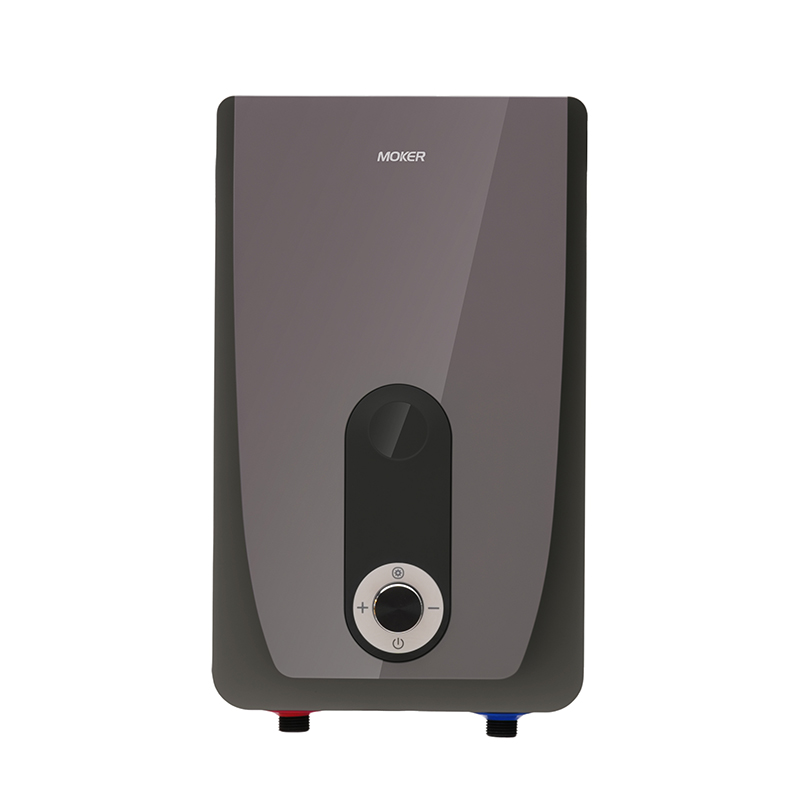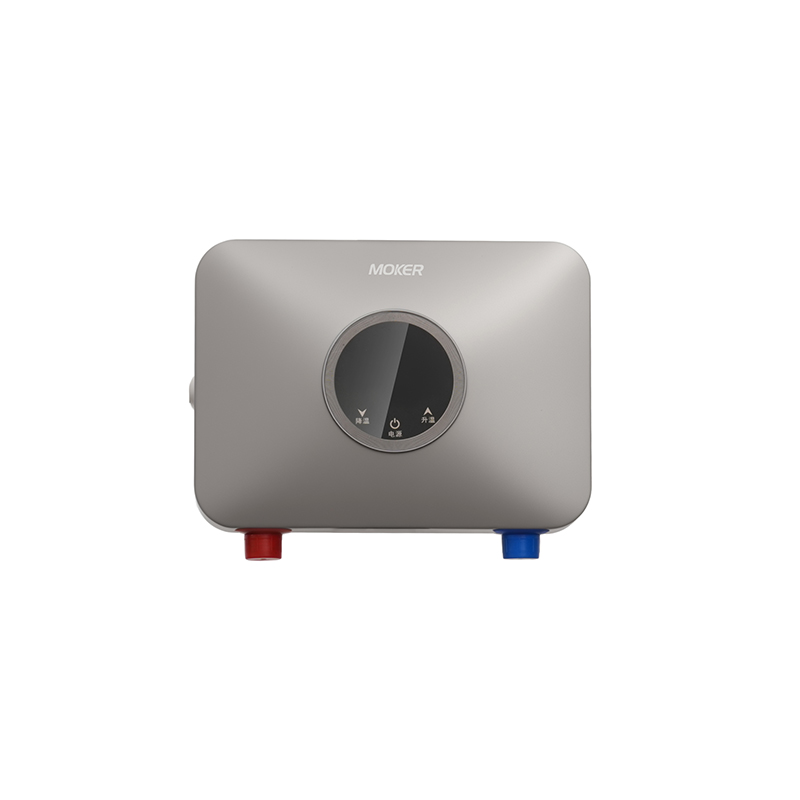Common Fault Types of Different Water Heaters
Understanding common faults helps maintain water heater reliability and reduce repair costs. Electric water heater, Tankless Water Heater, Instant water heater, electric tankless water heater, and instantaneous water heater electric each experience distinct issues based on their design and components.
Electric water heater frequently encounters heating and pressure-related faults. Failed heating elements are a primary issue, causing Electric water heater to produce insufficient hot water. This occurs when elements burn out from sediment buildup or age, requiring replacement. A stuck pressure relief valve in Electric water heater may leak continuously, indicating debris blockage or spring fatigue. Anode rod depletion in Electric water heater leads to tank corrosion, evident through rust-colored water from faucets. Thermostat malfunctions in Electric water heater cause temperature inconsistencies, either overheating or failing to reach set temperatures.
Tankless Water Heater suffers from flow and ignition faults in gas models. Ignition failure is common, preventing Tankless Water Heater from activating and producing hot water, often caused by faulty ignition sensors or gas supply issues. Scale buildup in Tankless Water Heater’s heat exchanger restricts flow, resulting in reduced hot water output or fluctuating temperatures. Error codes on Tankless Water Heater displays frequently indicate overheating due to blocked vents or insufficient water flow. Gas valve malfunctions in Tankless Water Heater can cause incomplete combustion, detected by unusual odors or reduced efficiency.
Instant water heater primarily experiences element and flow faults. Overheated or burned-out heating elements in Instant water heater occur from mineral scaling or excessive use, leading to no hot water or tripped circuit breakers. Flow sensor failures in Instant water heater prevent activation, as the unit doesn’t detect water movement. Leaking connections in Instant water heater are common at inlet/outlet fittings, often due to improper installation or worn washers. Thermostat drift in Instant water heater causes temperature inaccuracies, with water either too hot or not hot enough for intended use.
electric tankless water heater faces electrical and sensor-related faults. Tripped circuit breakers are frequent with electric tankless water heater, caused by overloaded circuits or shorted heating elements. Failed temperature sensors in electric tankless water heater result in incorrect temperature readings, leading to scalding or insufficient heating. Flow sensor malfunctions in electric tankless water heater cause delayed activation, resulting in cold water bursts when faucets open. Loose electrical connections in electric tankless water heater create intermittent operation, with hot water cutting out unexpectedly during use.
Instantaneous water heater electric encounters small-scale component faults. Heating coil burnout in instantaneous water heater electric is common in hard water areas, caused by mineral deposits insulating the coil and causing overheating. Microswitch failures in instantaneous water heater electric prevent activation, as the unit doesn’t detect water flow through its compact chamber. Leaking from instantaneous water heater electric often occurs at the drain valve or pressure relief port, typically due to worn seals in its small plumbing connections. Power supply issues in instantaneous water heater electric, like faulty plugs or cords, cause complete operational failure.
Most water heater faults are preventable with regular maintenance. Electric water heater benefits from anode rod checks, Tankless Water Heater requires descaling, Instant water heater needs filter cleaning, electric tankless water heater depends on sensor calibration, and instantaneous water heater electric thrives with coil inspections. Addressing these common faults promptly extends each water heater type’s service life and ensures consistent hot water delivery.





